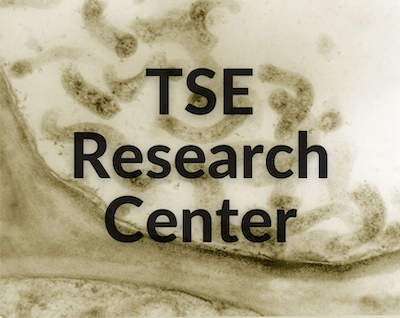The PURPOSE of this website is to present information on transmissible spongiform encephalopathies (TSE) in a clear manner and to provide easy access to peer-reviewed publications for those interested in pursuing the topic in a more detailed manner. This site emphasizes the work of Dr. Frank Bastian, (Neuropathologist and Research Professor at Tulane Medical School and the University of New Orleans) with regard to the role of spiroplasma, a wall-less bacterium in the pathogenesis of TSEs.
The PROBLEM with most Government and University informational websites is that no attempt is made to critique the research reports, making it impossible for others to understand the significance of these data. There is much controversy regarding the causality of TSEs. Our research shows that prion amyloid (the TSE research focus for the past 30 years) is the result of a bacterial infection. This controversy directly reflects on Louis Pasteur's efforts to prove that replicating crystals are not the cause of infectious disease, but instead, bacteria are the culprits. Too bad we have to rehash this controversy.
The SOLUTION is to set out a new course for TSE research. Here we present data showing involvement of spiroplasma, a tiny wall-less bacterium, in the pathogenesis of TSEs. Spiroplasma are consistently associated with the TSEs, and experimental spiroplasmosis in animals shows remarkable clinical and pathological similarities to naturally occurring TSEs. A novel spiroplasma species has been isolated into cell-free media from all forms of TSE. Recent breakthrough research shows that this bacterium induces biofilm and becomes buried in a polysaccharide (complex sugar) matrix wherein the organism is resistant to physical and chemical treatments consistent with TSE.
The REWARD for our pursuing alternative research for over 30 years may be 'the TSE riddle is solvable'. Over this time there has been little progress in determining strategies for diagnosis and treatment of CJD patients because scientists have been barking up the wrong tree. If we are ever going to resolve this mystery and relieve the suffering of the many families associated with CJD cases, or the uncertainty of the health of cattle and other ruminants, then we have to go down another path of scientific investigation. This will require broader government funding to attract young researchers into TSE research.
We CONCLUDE that the scientific community must take notice of the abundant data supporting spiroplasma as a candidate causal agent of TSEs and focus on this organism for developing future strategies on handling these diseases.

